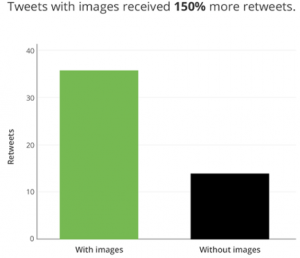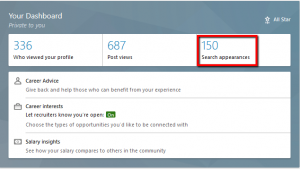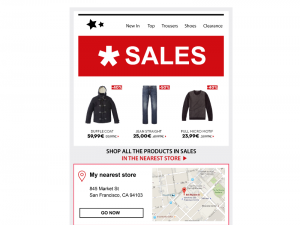Until recently, using social media marketing strategies was a numbers game—the person who had the biggest number of followers on any given network reaped the most benefits for exposure. Now that social media has been around long enough, it turns out research is starting to show that large numbers do not necessarily mean more sales. And guess what? ROI suffers and sales don’t increase. So what really works? Micro-influencers.
Macro-Marketing
When businesses of any size think about marketing, they often consider macromarketing, which is marketing on a wider scale. Influencer marketing can sometimes be clumped into the macro category, especially if an influencer has a large following on various platforms. Intuitively, I get why people would assume those with large followings would produce a greater impact.
More exposure, more conversions, right? Well, it’s not quite that simple. The cost for macromarketing of any kind may be financially daunting, and just because influencers have a large following with considerable reach doesn’t necessarily convert to actual sales–the larger the community, the less significant the individual feels. So, even if there are more eyes on a product, the influencer is less likely to keep the engagement up.
Micro-Influencers
After the marketing industry realized that macromarketing was not as effective on social channels as was expected, micromarketing came in with full force and showed everyone how it’s done. This is where we see true influence.
Micro-influencers hit smaller pockets of targeted consumers who have a closer relationship with everyday people. This type of marketing targets small, localized groups who can prove to be valuable customers. Micro-influencers can also be more affordable, so marketing spend is considerably less with higher results. We even have the research to prove it — Up to 11x ROI (hot, damn).
More brands are turning to influencers with smaller followings (in the lower thousands, in some cases). But it’s not about their number of followers–it is about their authenticity and how they engage with their followers; they trust the micro-influencer as they would a friend. Word of mouth only works if it is packaged in trust, and that is what micro-influencers built with their audiences.
An airbrushed celebrity carrying a $ 70,000 purse down the streets of New York City in her lingerie and stilettos only creates spectacle, not sales. It is time to shift perspective and realize that an influencer is a celebrity in their own right–and one who gets the job done a lot better than a celebrity.
Ready to learn more about influencer marketing? Check out our free pocket guide: Influencer Marketing: Why Should You Care?
Digital & Social Articles on Business 2 Community(94)
Report Post





